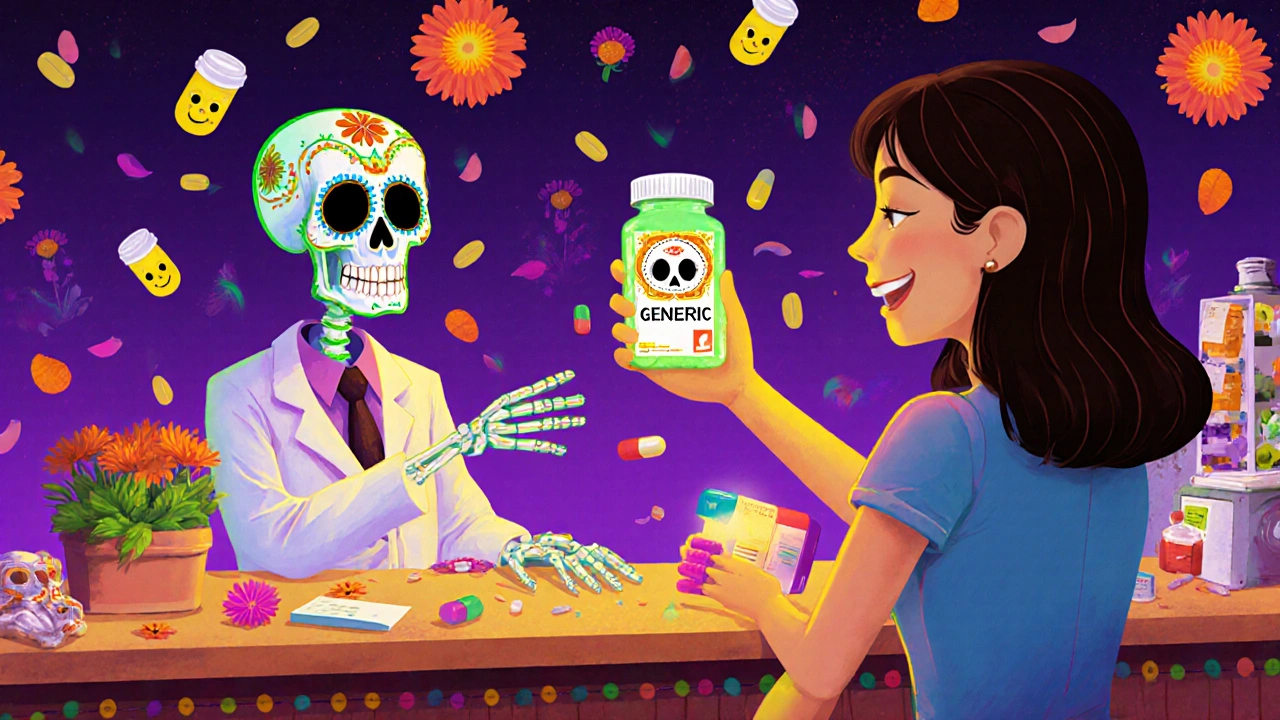Generic vs Brand Drugs: What You Really Need to Know
When you pick up a prescription, you might see two options: a generic drug, a medication with the same active ingredient as a brand-name version but sold under its chemical name. Also known as non-brand drug, it is often cheaper and just as effective—unless your body reacts differently to the fillers or coating. The brand drug, the original version developed by a pharmaceutical company and protected by a patent. Also known as innovator drug, it’s the one you first hear about in ads or from your doctor. Both are required by the FDA to have the same active ingredient, strength, and route of administration. But that’s where the similarity ends—and why confusion grows.
Here’s the thing: most of the time, generic vs brand drugs are interchangeable. Studies show generics work just as well for high blood pressure, cholesterol, depression, and diabetes. But there are exceptions. Drugs like phenytoin, an anti-seizure medication with a very narrow safety window can behave differently between brands and generics because of how they’re absorbed. Even tiny changes in fillers can affect how fast the drug enters your bloodstream. That’s why doctors monitor phenytoin levels closely when switching. The same goes for thyroid medication, like levothyroxine, where even small dose variations can throw off your metabolism. If you’ve ever felt off after switching pills—even if the label says it’s the same—it’s not in your head. It’s chemistry.
Cost is the biggest driver for generics. A brand-name drug can cost hundreds of dollars a month. The generic? Often under $10. That’s why insurance companies push them. But cost isn’t the only factor. Some people stick with brands because they trust the name, or because they had a bad reaction to a generic version in the past. That’s valid. Not all generics are made the same. Manufacturers vary in quality control. And while the FDA requires bioequivalence testing, real-world results can differ slightly. That’s why your pharmacist might ask if you’re okay with the generic—or if you want to stick with what you’ve been on.
What you’ll find below are real stories and facts from people who’ve been there. From how switching generics affected seizure control, to why some seniors end up paying more because their insurance won’t cover the brand—even when the generic doesn’t work for them. You’ll see how drug interactions, insurance rules, and even time zones can make a difference. No fluff. Just what matters when your health is on the line.
- Archer Pennington
- 11
Informed Decision-Making: Choosing Between Generic and Brand Medications
Learn how to choose between generic and brand-name medications with clear facts, real-world data, and expert insights. Discover when generics are just as effective-and when to stick with the brand.
Read more
